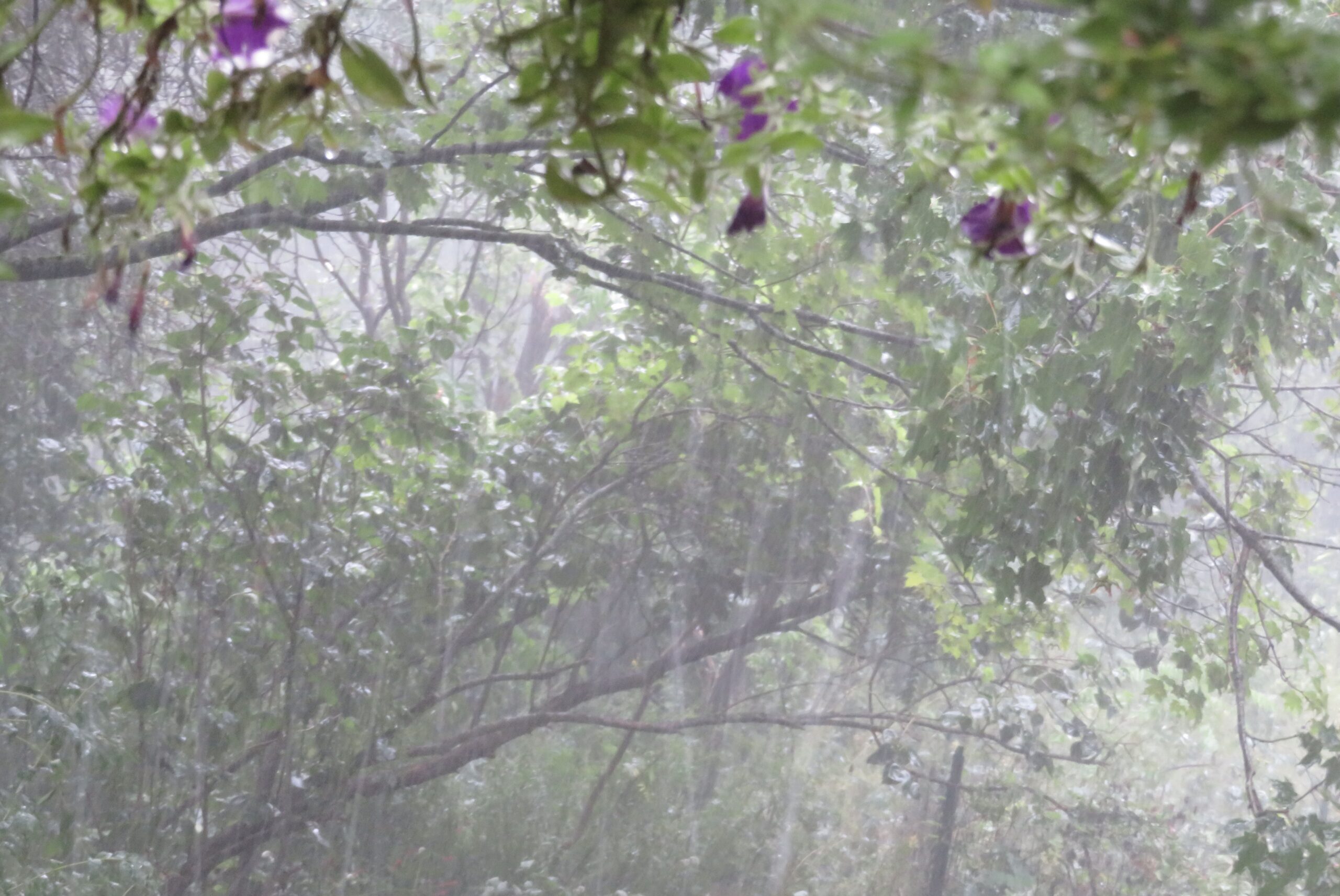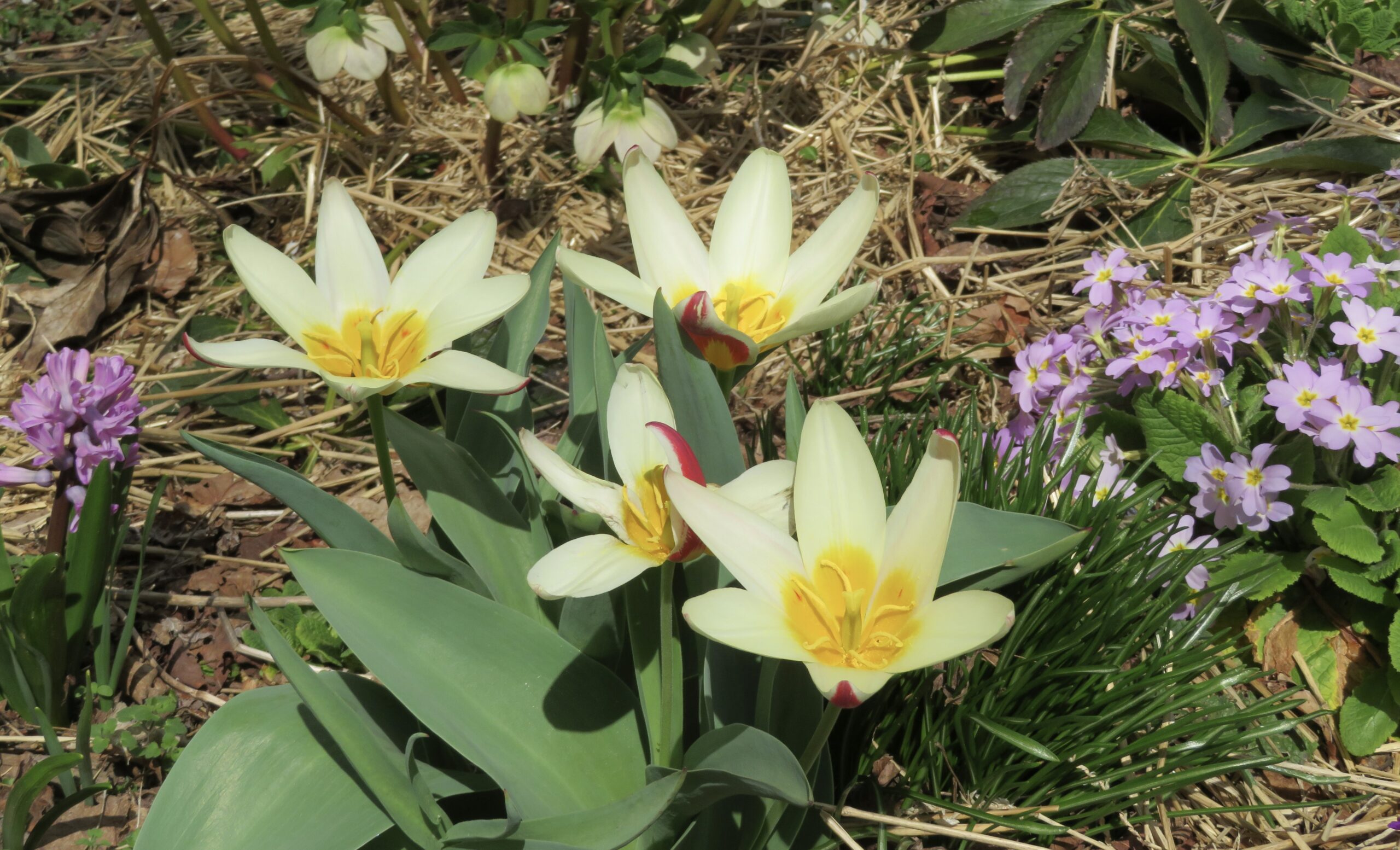Relationships are, clearly, at the heart of our lives; or maybe I should say that for most of us, they are our heart. Especially a marriage and those longstanding partnerships. They can be so miraculous, exciting, engaging, frightening, painful, and confounding that we lose perspective on the central role they play in our lives. Something comes up, a disagreement or hurt, and we focus exclusively on that. To the degree we feel engaged, we want to disengage. We can lose sight of how the relationship influences not only how we think of ourselves but all other relationships.
Despite the many relationships we have, we often think of ourselves as me-alone. Me separate from others, separate even from our world. But we’re never as fully separate as we might imagine. And core relationships have enormous power to reveal that. By recognizing this as a possibility, the relationship itself comes alive. The character of our lives improves.
Recently, I noticed that any marriage, or any core relationship, models for us what relationship itself means. It can become a school for learning how to deepen other, important emotional connections. For example, each friendship, in its own, unique way contains the possibility of developing a degree of the openness and emotional intimacy that a core relationship might develop⎼ a similar caring and being cared for, mutual discovery, trust, and exploration. Or if the core is dominated by resistance, pain, dishonesty, and projections, so might other relationships.
Such discovery and caring makes us vulnerable. When we’re open, loving, we’re vulnerable. That’s just what caring means. When we care we don’t wear bulletproof vests or build concrete walls around us. When we’re “open” our senses and feelings reach out. When we reach out, others can reach in. And this dynamic helps us grow in character.
This, of course, can also be frightening. It can scare us into shutting down. But being frightened can itself be a sign that something we’re feeling is meaningful and worthwhile. That we’re in a state where what we don’t know about the future of the relationship, or anything, might exceed what we do know. And we’re willing to risk that.
And this not-knowing is always with us. We might assume that when we’re open or vulnerable we’re less safe. But maybe we’re safer. If we’re more able to perceive what’s there, what’s real⎼ if we’re more cognizant of just how much of the future we don’t know, and more aware of what we’re doing and saying, then we can make better decisions. A relationship can help us recognize what’s real.
We can better recognize that right here, in this moment, this person⎼ is my life. I breathe; they breathe. I feel; they feel. Zen teacher and author Thich Nhat Hanh called this inter-being⎼ we inter-are with others. Likewise, Australian Zen teacher Susan Murphy borrows an Aboriginal term, us-two, to describe relationships. Our relationship with another person, being, or place is not between separate, disconnected things. Instead, me-and-you and everything are dynamically creating this moment together.
As I sit with them, whoever they are, I sit with myself….
*To read the whole article, please go to The Good Men Project.



